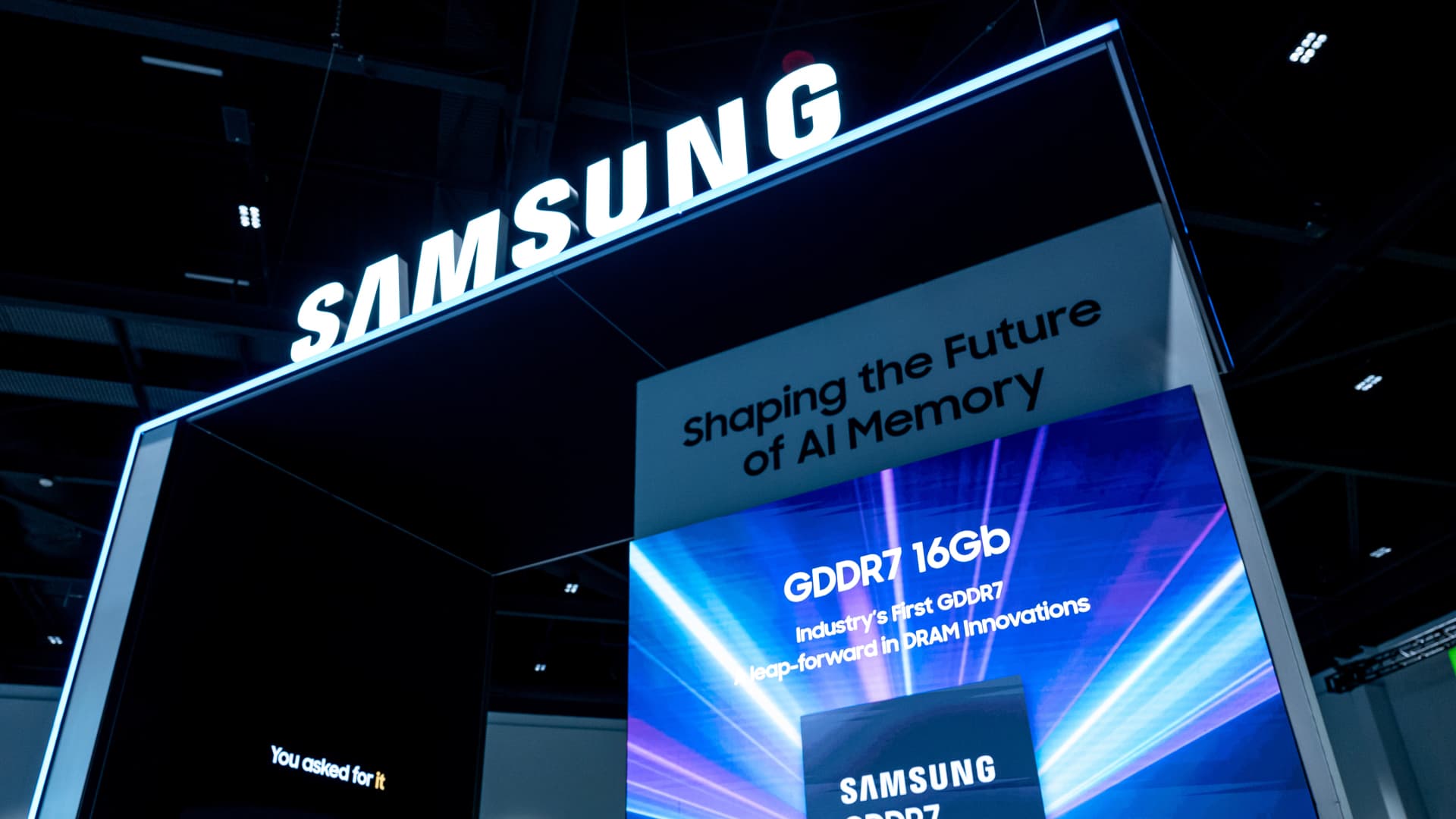Samsung’s Semiconductor Setback: A Deep Dive into the Q2 2025 Earnings Miss
The Semiconductor Storm: A Perfect Unison of Negative Factors
Samsung Electronics’ Q2 2025 earnings report revealed a stark reality: a 56% plunge in operating profit compared to the same period last year. The primary culprit? The semiconductor division, a traditionally robust profit engine, now grappling with a confluence of market dynamics, technological hurdles, and geopolitical influences.
AI Chip Demand: A Flickering Flame?
The artificial intelligence sector, once a beacon of growth, has shown signs of volatility. Reports indicate “weak AI chip sales” as a key driver of Samsung’s profit decline. Several factors contribute to this trend:
HBM Hurdles: Delayed Deliveries and Market Competition
High-bandwidth memory (HBM) chips, crucial for AI and high-performance computing, have presented significant challenges. Delays in shipments to key customers like Nvidia have cascading effects:
China and the Geopolitical Chessboard
Geopolitical tensions, particularly between the United States and China, have further complicated Samsung’s semiconductor business. Export curbs on advanced chip sales to China limit Samsung’s revenue potential and create opportunities for rival chipmakers.
Diving into the Data: Quantifying the Losses
The preliminary earnings report provides a sobering overview:
Beyond Semiconductors: A Broader Perspective
While the semiconductor division is the primary driver of the earnings miss, other factors contribute to the broader financial landscape:
Strategies for a Semiconductor Renaissance
To revitalize its semiconductor business, Samsung must implement a comprehensive strategy:
A Call to Action: Navigating the Path Forward
Samsung’s Q2 2025 earnings miss serves as a wake-up call, highlighting the urgent need for decisive action. By addressing the underlying issues and implementing a comprehensive turnaround strategy, Samsung can regain its competitive edge and position itself for long-term success. The path forward requires technological innovation, strategic partnerships, operational efficiency, and a willingness to adapt to the ever-changing dynamics of the global technology landscape. Only through such measures can Samsung hope to weather the current storm and emerge stronger and more resilient than before.

